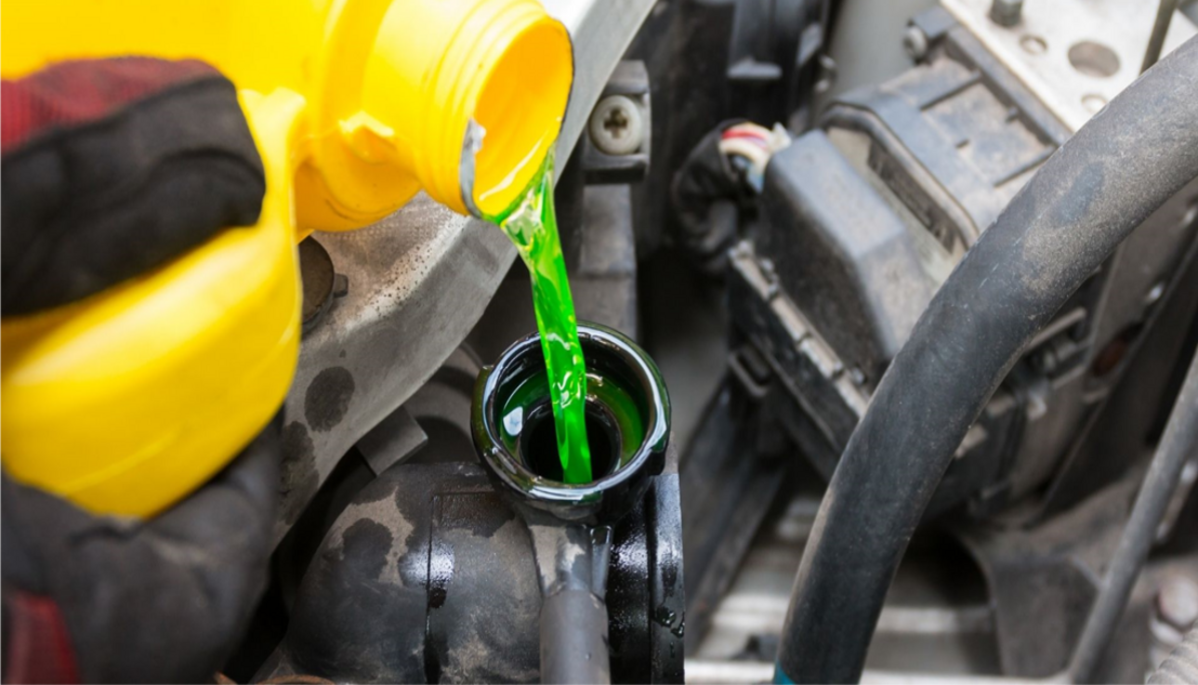

Coolant Oil Analysis: Monitoring Health of the coolant and complete cooling system.
Coolant analysis is majorly performed for engines and associated Machinery. Coolant is a vital part of the Cooling Structure within the Engines. It can frequently be exposed to impurity, mixing, coolant dilution and oxidation due to high temperatures. The aim in coolant analysis is to monitor the health of the coolant and of the complete cooling system.
Role Of Coolants :
Critical purposes of coolant in the machining procedure includes:
Over 40% of engine failure occurs due to a problem in the cooling system. Cooling system glitches can actually reduce the lifecycle of mechanisms within the systems. That is the reason why coolant examination programs emphasize on the coolants role in the overall engine health and attaining optimal machine performance and durability.
Coolant analysis helps to reduce downtime, minimize risk to equipment, avoid costly repairs and extends the life of the engines and associated machinery.
| Type | Engine Coolant Grade Glycol (53 % by Volume Nominal) | Engine Coolant Grade- Glycol Based | Engine Coolant Grade Glycerin |
| Product | 53 % Ethylene Glycol and 53 % Propylene Glycol | Ethylene glycol base concentrate, Propylene glycol base concentrate, Ethylene glycol pre-dilute 50 volume % or higher, Propylene glycol pre-dilute 50 volume % or higher, Ethylene glycol base pre-dilute containing glycerin 50 volume % or higher | Glycerin |
| Specification Methods | ASTM D7713 | ASTM D3306 | ASTM D7640 |
| Test Parameters | Clarity | Chlorides, μg/g (ppm) | Glycerin, mass % |
| Color, Pt/Co scale | Sulfate, μg/g (ppm) | Methanol, µg/g | |
| Relative density, 20/20 °C | Hardness, as CaCO3, μg/g (ppm) | Fatty Acids and Esters, mL 0.5N NaOH consumed per 50 g sample | |
| pH | pH | Relative density, 25/25°C | |
| Acidity as acetic acid, mass % | Iron, μg/g (ppm) | Water, mass % | |
| Ethylene glycol, vol % | Color | Ash, mass % | |
| Propylene glycol, vol % | Relative density | pH, 50 % solution | |
| Dipropylene glycol, vol % | Freezing point, | Chloride ion, µg/g | |
| Other glycols,vol % | Boiling point | Sulfate ion, µg/g | |
| Total glycols, vol % | Ash content, mass % | Nitrite, Nitrate, Phosphate (total, µg/g) | |
| Freezing Point, °C (°F) | pH, 50 vol % in DI water | Silicon, µg/g | |
| Glycol esters as acetic acid | Water, mass % | Iron, µg/g | |
| Nitrite, Nitrate, Phosphate (total, µg ⁄g) | Reserve alkalinity, mL | Boron, µg/g | |
| Silicon, µg/g | Effect on automotive finish (use clear coat thermoset urethane or acrylic urethane finish) | Aluminum, Calcium, Copper, Iron, Magnesium, Lead, Zinc (total, µg/g) | |
| Chloride ion, µg/g | Corrosion in glassware Weight loss, mg/specimen (copper, solder, brass, steel, cast iron, aluminum) | Appearance | |
| Sulfate, µg/g | Simulated service test Weight loss, mg/specimen (copper, solder, brass, steel, cast iron, aluminum) | Color, Pt/Co scale | |
| Boron, µg/g | Corrosion of Cast Aluminum Alloys at Heat-Rejecting Surfaces, mg/cm2/week | ||
| Aluminum, Calcium, Copper,Iron, Magnesium, Lead, Zinc (total, µg/g) | Foaming (Volume/ mL, Break time/s | ||
| Iron, µg/g | Cavitation-Erosion (Rating for pitting, cavitation, and erosion of the water pump) |
TUV India (TUV NORD Group) as one of the leading inspection, certification & testing organizations has state- of-the-art NABL accredited Petroleum, Chemical & Gas testing laboratory offering a complete range of testing facilities for coolant oil analysis and many others.